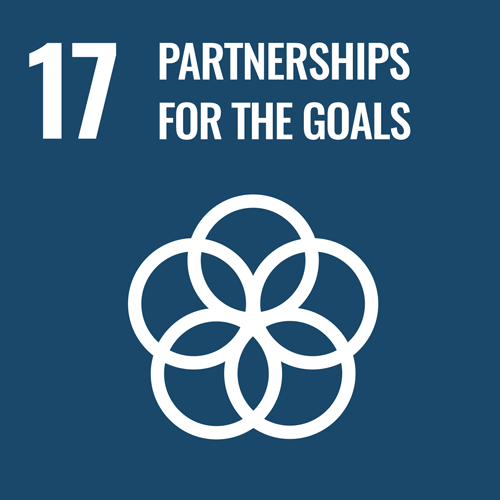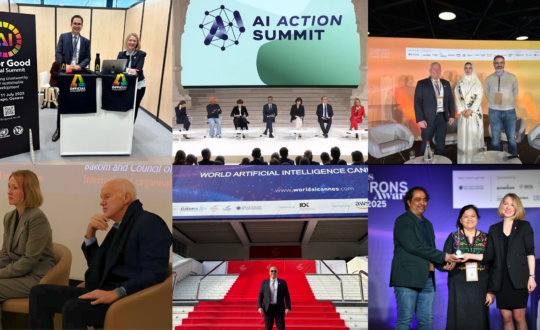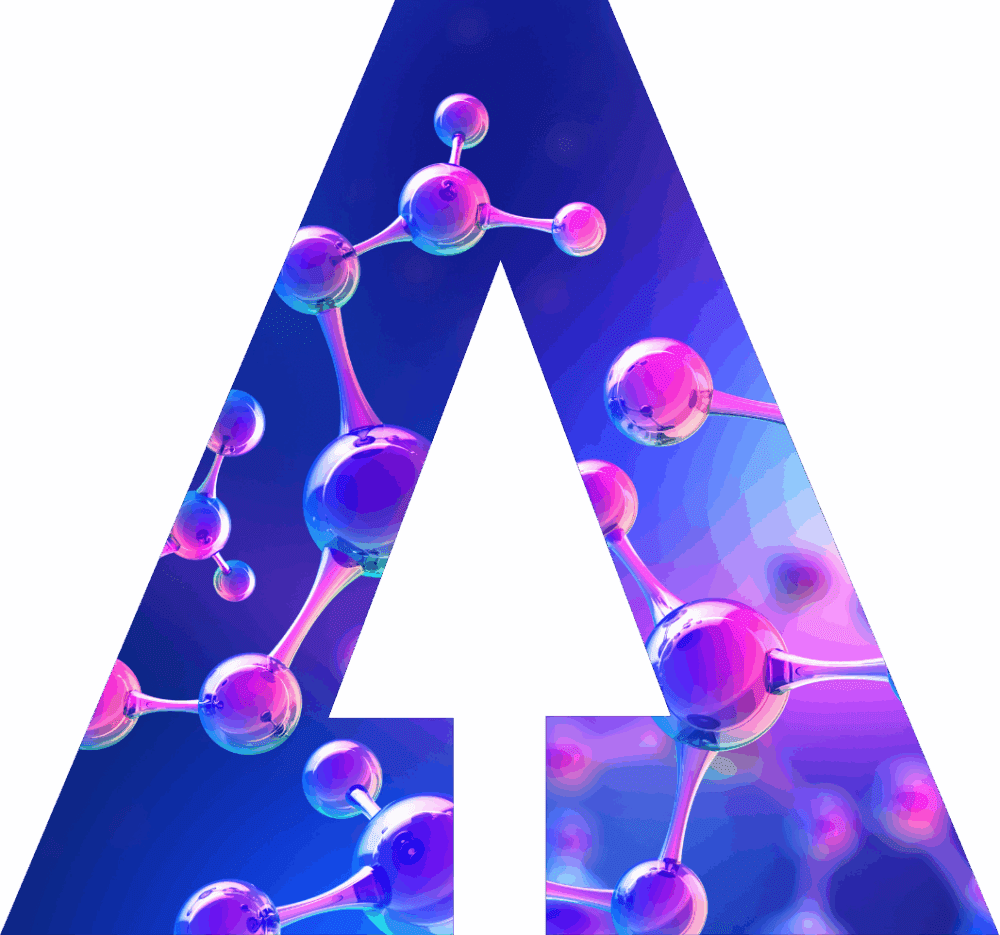The AI for Good Global Summit 2024, held in Geneva, brought together leaders and innovators from various sectors to discuss the transformative potential of artificial intelligence (AI). Among the distinguished speakers was Juan Lavista Ferres, Corporate Vice President and Chief Data Scientist at Microsoft AI for Good Lab. Lavista Ferres shared insights into the collaborative efforts required to harness the potential of AI to meet the Sustainable Development Goals (SDGs).
Lavista Ferres emphasized the importance of coordination among various stakeholders to maximize the impact of AI on global issues.
“I think what one thing that is important is coordination, especially if you have multiple actors that are trying to align to solve the same problem. These events help make some of those connections,” he noted.
According to Lavista Ferres, such collaboration is crucial for aligning efforts towards solving global challenges effectively.
One of the standout projects highlighted by Lavista Ferres involves mapping population density using AI and high-resolution satellite data. This initiative, in collaboration with Planet Labs PBC and the Institute of Health Metrics and Evaluation at the University of Washington, aims to provide accurate data on where people are located, particularly in regions like sub-Saharan Africa where maps are often outdated.
“If we don’t know where people live, we cannot help those people,” Lavista Ferres pointed out.
This foundational information is essential for disaster preparedness, response, and various other services.
AI’s potential to address critical issues such as food security and education was another focus of the discussion. Lavista Ferres highlighted the use of AI to measure agricultural metrics, which can provide early warnings of potential food security issues.
“Using AI to measure how many acres of particular commodities they have and the health of those commodities is a fundamental piece of information,” he explained.
This capability allows for early interventions that can prevent food crises and ensure better management of resources.
For education, Lavista Ferres expressed optimism about AI’s ability to transform learning. He envisions AI providing personalized tutoring, significantly enhancing educational outcomes, especially in regions with high student-to-teacher ratios.
“This new technology can help students have their own kind of tutor and be able to ask questions, get answers, and that is going to fundamentally change the way we educate our children,” he said.
Lavista Ferres pointed out that in some countries, there is only one teacher for every 100 students, and AI can play a crucial role in bridging this gap.
One of the most promising developments in AI, according to Lavista Ferres, is the advancement of vision models. These models are already making a significant impact, particularly for the visually impaired.
“Now you have 280 million people that are either blind or visually impaired that can use an app running on a phone and be able to navigate the world,” Lavista Ferres highlighted.
He believes that such technologies are just the beginning, with many more revolutionary applications on the horizon.
The insights shared by Juan Lavista Ferres at the AI for Good Global Summit underscore the transformative potential of AI in addressing some of the world’s most pressing challenges. Through coordinated efforts and innovative applications, AI can play a pivotal role in advancing the SDGs and improving lives globally. As Lavista Ferres concluded, the current advancements in AI technology provide a foundation for optimism and continued progress in various sectors.
“These vision models can change and help many more scenarios like this one,” he said, emphasizing his optimism about the future of AI in creating significant positive impacts across diverse fields.

















